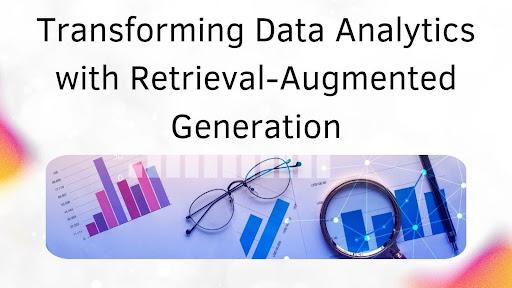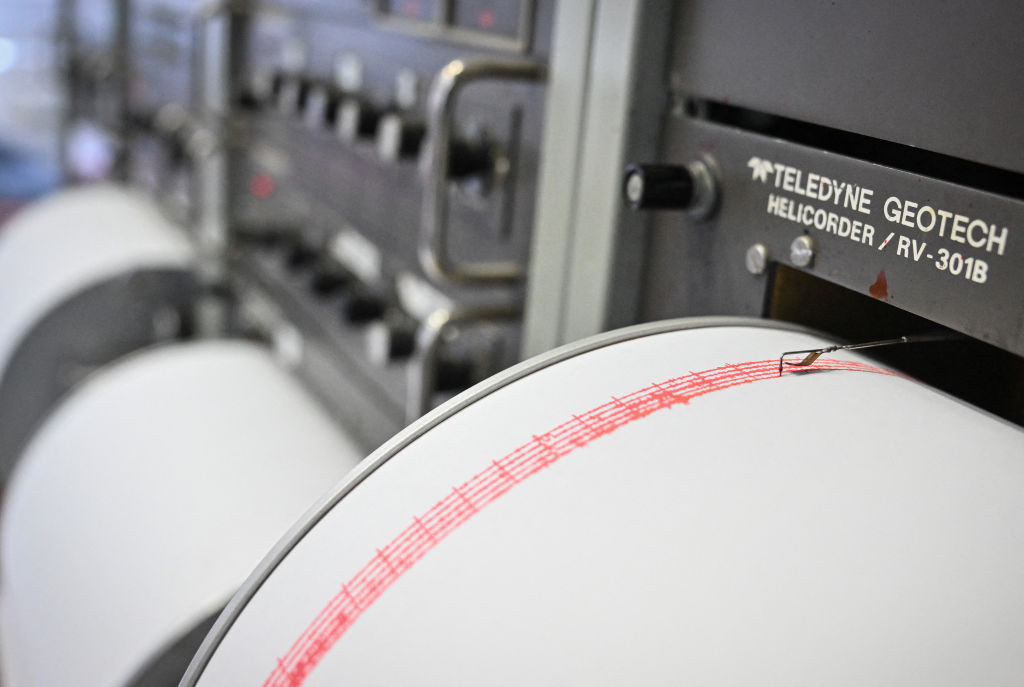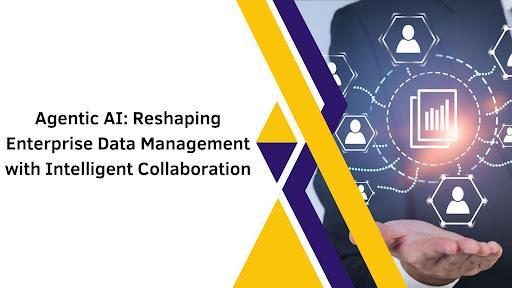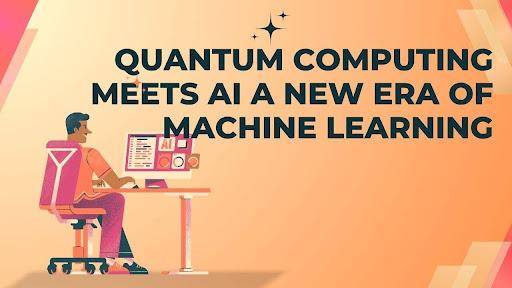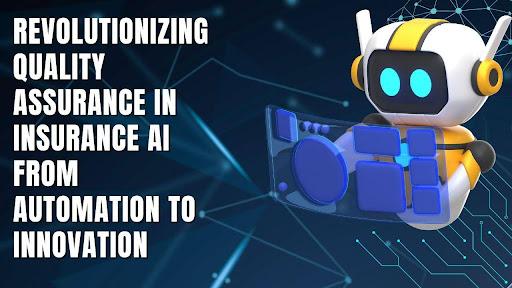In a rapidly evolving digital landscape, data analytics is undergoing a major transformation, driven by innovations that enhance efficiency, accuracy, and real-time processing. One of the most groundbreaking advancements in this field is the integration of Retrieval-Augmented Generation (RAG) workloads into conventional data analytics pipelines. This pioneering approach, explored extensively by Abhilash Nagilla, combines cutting-edge retrieval mechanisms with generative AI models to optimize data processing, enabling organizations to extract deeper insights at unprecedented speeds.
A New Era of Data Processing
The volume of enterprise data is increasing exponentially, presenting challenges in managing, retrieving, and analyzing vast datasets. Traditional analytics pipelines rely heavily on structured SQL queries and predefined models, which often fall short when dealing with unstructured data. RAG-based architectures address this gap by merging retrieval-based search capabilities with generative AI, significantly improving accuracy in contextual analysis. By leveraging dense vector embeddings and transformer-based architectures, this hybrid approach achieves up to 93.4% pattern recognition accuracy while reducing false positives by 73%.
Revolutionizing Search Capabilities
RAG-enhanced systems utilize vector search for high-speed, precise data retrieval, reducing query latency by 67% and improving relevance by 89%. Unlike keyword methods, deep learning models analyze semantic relationships, enabling real-time processing crucial for industries like finance, healthcare, and customer analytics needing instant insights.
Automating and Scaling Analytics Pipelines
RAG-enhanced systems excel in serverless environments, leveraging automated pipeline management for seamless data flow and eliminating traditional bottlenecks. With a 76.3% reduction in processing latency, they efficiently scale operations, securely handling datasets over 1.2 petabytes while ensuring stability and minimal delays for complex enterprise data.
Enhancing Contextual Analysis
The fusion of retrieval and generation models significantly enhances contextual accuracy in analytics. Traditional natural language processing (NLP) models often struggle with context comprehension, leading to inconsistencies in generated insights. RAG-based systems, however, dynamically retrieve relevant data before generating responses, improving accuracy in contextual understanding from 55% to over 95%. This makes them particularly effective in domains requiring precision, such as legal documentation, medical research, and financial forecasting.
Optimizing Resource Utilization
RAG-integrated analytics optimizes resources with intelligent caching and quantization, cutting CPU usage by 42.3% and embedding costs by 67.8%. Real-time monitoring and reranking enhance load balancing, ensuring high-performance analytics while minimizing infrastructure expenses, even during peak demand.
Mitigating AI Hallucinations and Enhancing Security
One of the primary challenges in AI-generated insights is the risk of hallucinations—fabricated or misleading information. RAG architectures counteract this by implementing multi-stage verification processes, fact-checking against retrieved data, and enforcing domain-specific constraints. This reduces numerical hallucinations by 89.2%, ensuring that generated content remains reliable and contextually grounded. Furthermore, security measures such as role-based access control and encrypted vector stores safeguard sensitive data, meeting compliance standards for industries handling confidential information.
Future Potential and Research Directions
As enterprises continue to adopt RAG-driven analytics, future developments will likely focus on expanding context window capabilities, improving scalability, and refining embedding models to enhance efficiency further. Research into cross-modal RAG systems, which integrate multiple data types (text, images, time-series data), could unlock new possibilities in predictive analytics and automated decision-making. Additionally, advancements in adaptive indexing structures will help maintain performance stability as data volumes grow.
In conclusion, Abhilash Nagilla‘s research on Retrieval-Augmented Generation workloads marks a significant leap forward in data analytics. By integrating advanced retrieval mechanisms with AI-driven generation models, this approach overcomes the limitations of traditional analytics systems, enabling organizations to process and analyze data with unprecedented speed and accuracy. As these innovations continue to evolve, they will play a crucial role in shaping the future of enterprise data management, ensuring that businesses can harness the full potential of their data assets in an increasingly digital world.

